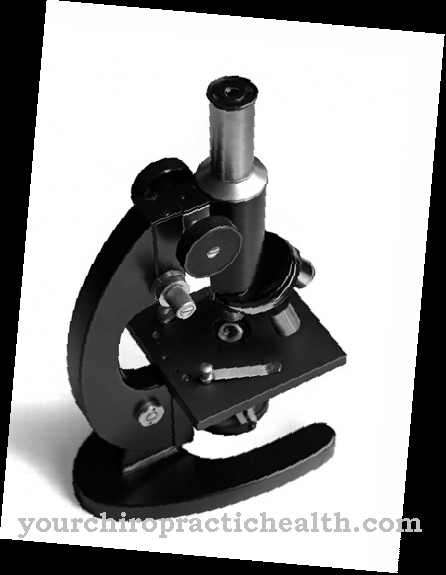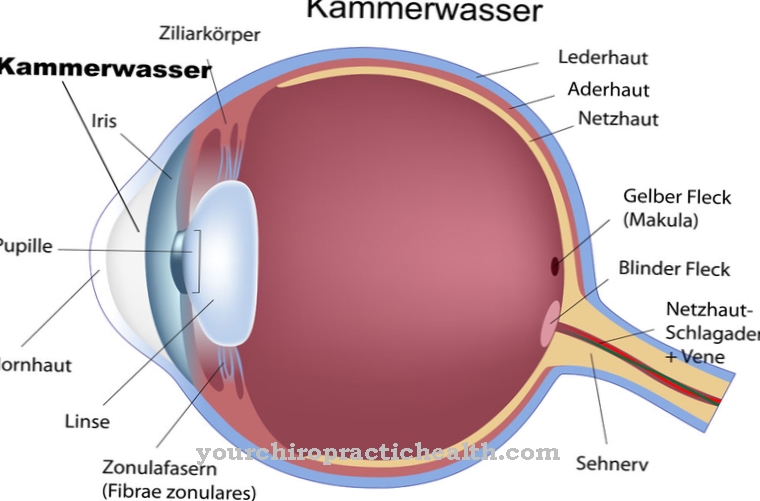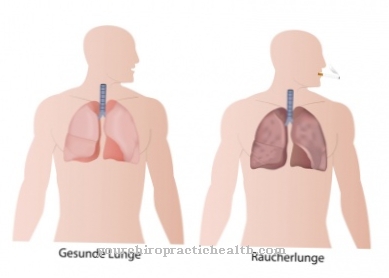The Crossing over is the exchange of maternal and paternal chromosomes as it occurs in the prophase of meiosis. This exchange of pieces enables the variety of characteristics of the offspring. Errors in crossing-over lead to diseases such as Wolf-Hirschhorn Syndrome.
What is the crossing over?

Genetics describes the chromosomal crossing as crossing-over. During this process there is an exchange of pieces between the maternal and paternal chromosomes.
Chromosomes contain DNA that is packaged in proteins. Thus, during the crossing-over, the offspring's DNA is made up of the genetic material of both parents. This step is part of meiosis, also known as meiosis. This is preceded by a break in the DNA strands caused by enzymes.
The crossing-over takes place during prophase one of meiosis and takes place in the synaptonemal complex. It is a structure made up of proteins, DNA and RNA. With the crossing-over, crossings of two chromatids each can be observed under a light microscope.
The recombination of the crossing-over is also known as intrachromosomal recombination. It follows interchromosomal recombination, which creates a random arrangement of paternal and maternal gametes to form zygotes.
Function & task
Genetics differentiates between mitosis and meiosis. Mitosis is also known as simple cell division. The paternal and maternal chromosm pairs are doubled during this process and distributed to daughter cells. This means that each of the two halves is assigned a homologous partner after the simple division. So the daughter cells have twice the chromosome set of the original cells. So to speak, DNA doubles in mitosis.
Compared to this, meiosis is the division of maturity in which the germ cells arise. In the first step of meiosis, the paired gene copies are doubled again. A four-fold gene copy replacement is created. All existing chromosomes are thus present in two chromatids each, i.e. in DNA double strands including the associated proteins. Recombination goes hand in hand with the process of DNA doubling. Alleles are exchanged and the genetic material is rearranged.
This new arrangement during interchromosomal recombination is left to chance. During prophase one, the corresponding chromosomes of mother and father initially accumulate randomly. This addition is also known as zygotene and results in the synaptonemal complex of proteins, DNA and RNA.
The zygotene is followed by a phase of mating, also known as pachytan. The structure generated in this way is called bivalent because of the doubling of the chromosomes. Sometimes there is also talk of a tetrad, since there are now four chromatids.
Finally, special enzymes generate a break in the DNA strands. This break takes place where the individual chromatids overlap. The intrachomosomal recombination now connects the breakpoints of the chromosomes crosswise. This is why this process is also referred to as chromosomal crossover.
In the case of crossing-over, there is an exchange of entire chromosome areas between two different chromosomes. Without the crossing-over, no new combinations of characteristics can arise for the offspring. The recombination is only the basis for adaptation phenomena to changed environmental conditions. Intrachromosomal recombination is therefore an important part of evolution.
Meiosis and the intrachromosomal crossing-over are followed by mitosis.
You can find your medication here
➔ Medicines for menstrual crampsIllnesses & ailments
Errors in crossing-over are a major contributor to illness. If, for example, two chromosome sequences are very similar in tetrad formation, then these sequences may be superimposed even though they are not homologous. We are talking about an unequal crossing-over. In this phenomenon, one strand is often lost and another doubles. In this context we are also talking about deletion and duplication.
Some mistakes in crossing-over have no disease value, but others result in combinations that result in people who are unable to survive. In other cases the survivability is again given, but disease value is connected with the faulty crossing-over.
Diseases related to crossing over are either chromosomal aberrations or chromosomal dysplasias. As a result of such aberrations or dysplasias, for example, congenital diseases such as Huntington's disease can develop.
Huntington's disease is a hereditary disease of the brain that causes disturbed affects, loss of control over muscles, delusions and dementia or cognitive disorders. The disease is caused by an unnaturally high sequence of glutamine residues that are encoded by certain genes.
Cri-du-chat syndrome is also due to a mistake in crossing-over. This disease is an example of a hereditary disease resulting from a deletion. The short arm of chromosome five is deleted. Those affected are mentally impaired and make strange noises. Often they have a very small head and wide-set eyes.
Wolf-Hirschhorn syndrome is also caused by a mistake in crossing-over. In this case, part of the short arm of chromosome four is lost. As a result, severe intellectual disabilities and growth disorders occur.
A less serious illness caused by mistakes in crossing-over is red-green poor eyesight. In this disease, the faulty recombination lacks genes for certain light sensitivities. The person affected cannot perceive the colors of the corresponding light area. This phenomenon is passed on in the X-linked recessive inheritance.


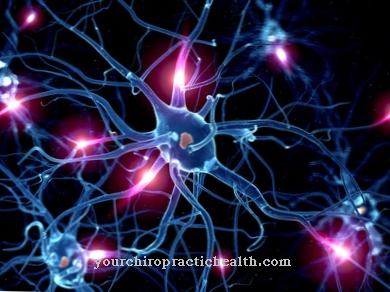




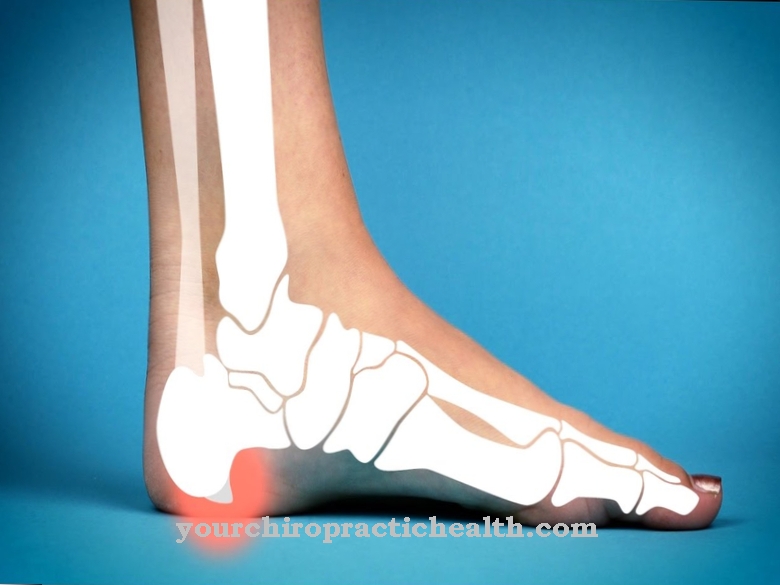

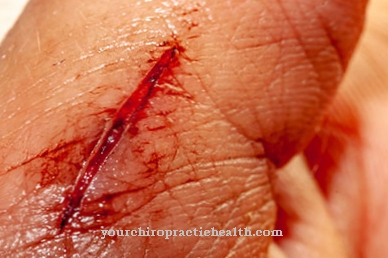
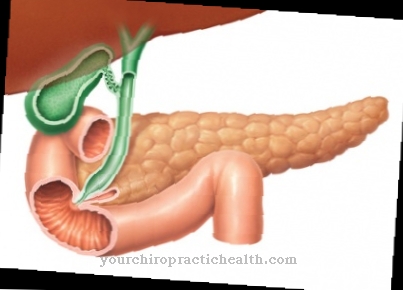
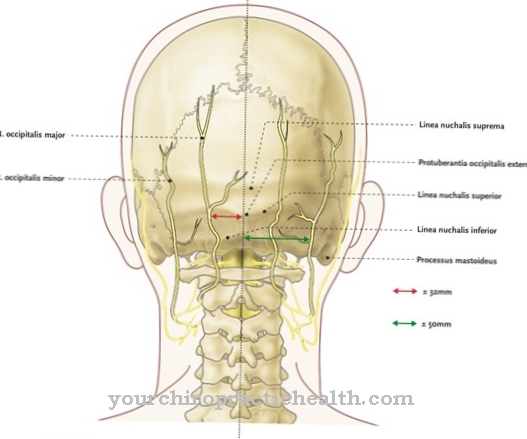

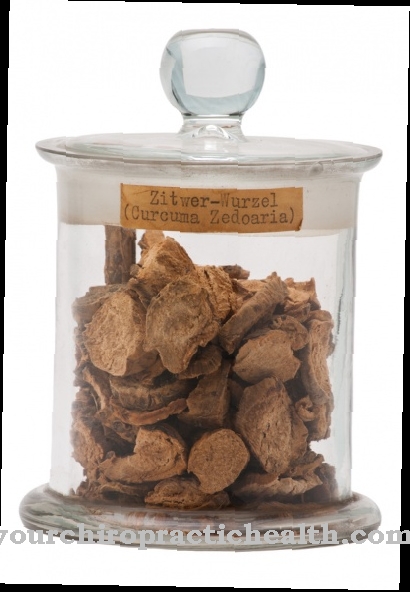


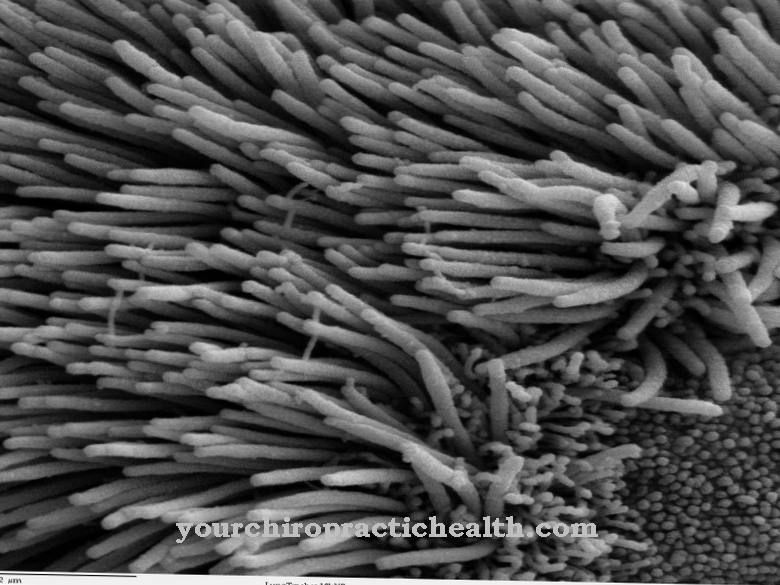


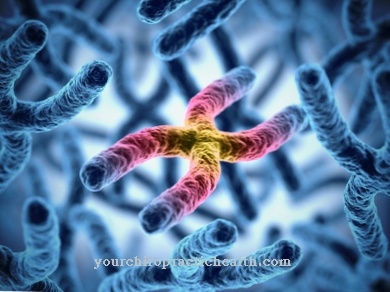

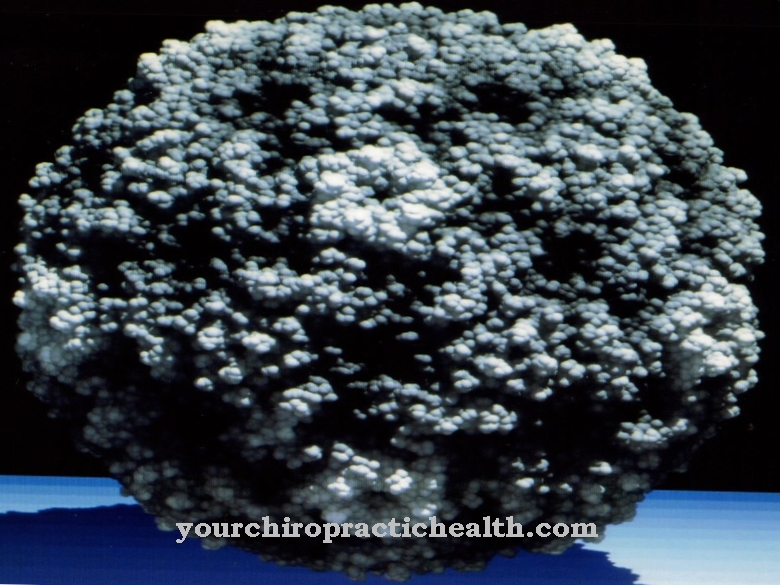
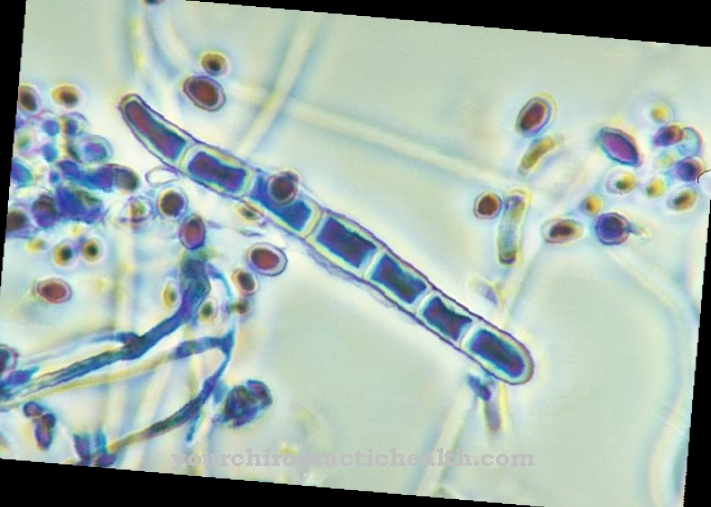
.jpg)

